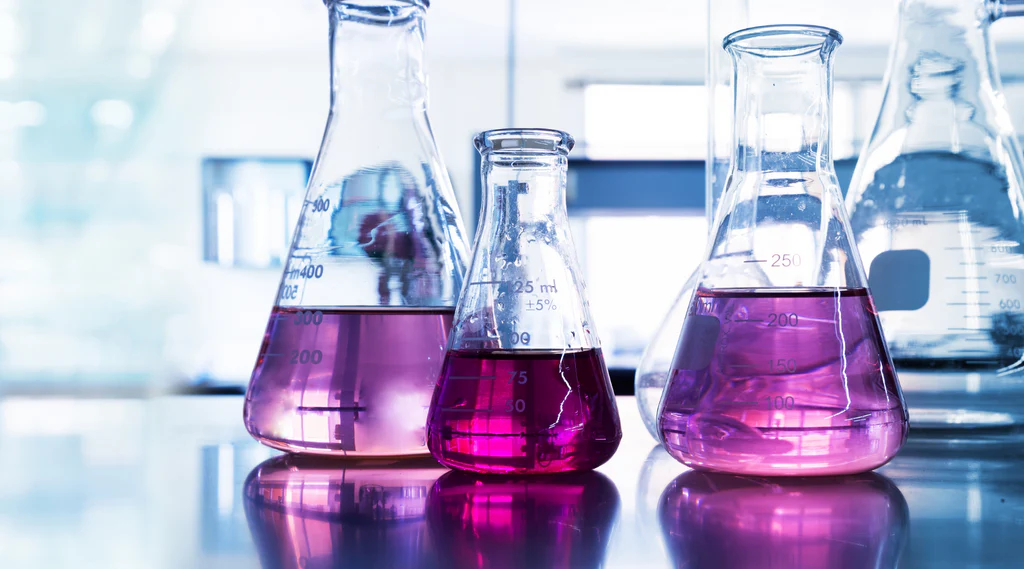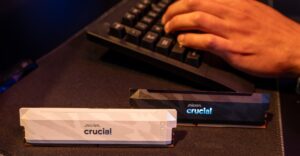
URGENT UPDATE: Laboratory safety is at risk as new reports highlight critical mistakes in handling lab glassware that could compromise experiments and endanger personnel. With precision and safety paramount, experts are emphasizing immediate action to avoid these pitfalls.
In laboratories worldwide, improper glassware usage has been linked to accidents, ineffective processes, and inaccurate results. Authorities recommend that all laboratory personnel familiarize themselves with these common mistakes and adopt best practices to ensure safe and reliable operations.
Mistake #1: Improper Measurement Techniques
One of the most significant errors involves measuring liquids inaccurately. When using measuring cylinders, it’s crucial to align your eye level with the meniscus and read from the bottom of the curve. Neglecting this simple step can lead to serious discrepancies in experimental outcomes.
Mistake #2: Using Damaged or Improper Glassware
Using glassware that shows signs of wear, such as chips or cracks, poses safety risks, especially under heat or pressure. Experts urge laboratory staff to inspect all glassware before use and replace any items that are damaged to prevent accidents.
Mistake #3: Ignoring Cleaning Protocols
Contamination from residues can skew results in subsequent experiments. Proper cleaning involves using appropriate solvents, thorough rinsing, and adequate drying. Failing to adhere to these protocols can render even well-conducted experiments ineffective.
To combat these issues, laboratories must implement comprehensive training on glassware handling and measurement techniques. Establishing a cleaning schedule is also vital for maintaining operational standards.
Mistake #4: Improper Storage
Storage practices are equally important. Glassware should be kept in a clean, dry environment on stable shelving to prevent accidents from tipping over or breakage. Avoid stacking heavy items to ensure safety.
Mistake #5: Inapt Handling of Glassware during Experiments
During experiments, mishandling glassware can lead to spills and contamination. Proper techniques, such as using funnels and ensuring stability when transferring liquids, are essential to maintaining safety and accuracy.
Mistake #6: Not Considering Thermal Shock
Thermal shock can cause glassware to break due to rapid temperature changes. To prevent this, heat glassware gradually and avoid placing hot items on cold surfaces.
Mistake #7: Neglecting Compatibility with Chemicals
Chemical reactions can be unpredictable, and not all glassware is suitable for every chemical. Always check compatibility to prevent dangerous reactions that could damage glassware or pose safety risks.
Regular calibration of measuring devices is crucial for maintaining accuracy. Additionally, the use of PPE such as gloves, goggles, and lab coats is mandatory to protect against injuries from broken glass and hazardous substances.
As laboratory safety concerns grow, the need for strict adherence to glassware handling protocols becomes increasingly urgent. Implementing a culture of caution, combined with regular training, will enhance safety and reliability in scientific endeavors.
For the latest updates on laboratory safety and practices, stay tuned to credible sources like Research Snipers, where expert Alexia covers essential developments in technology and safety.







